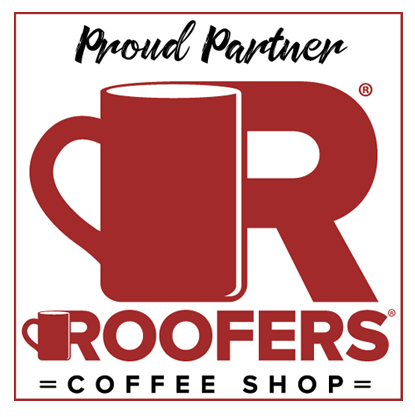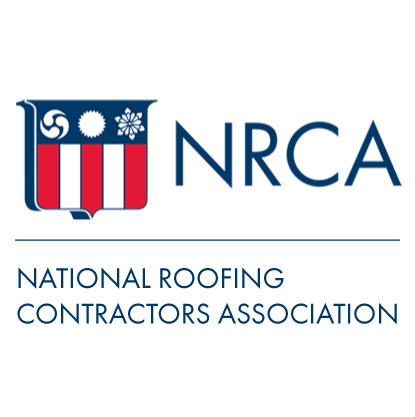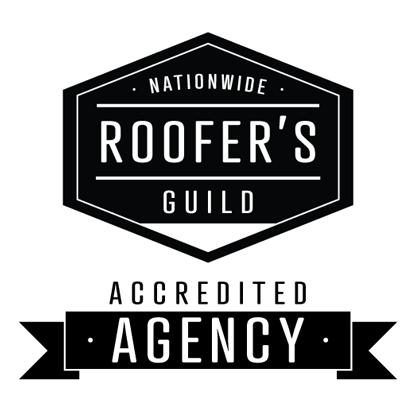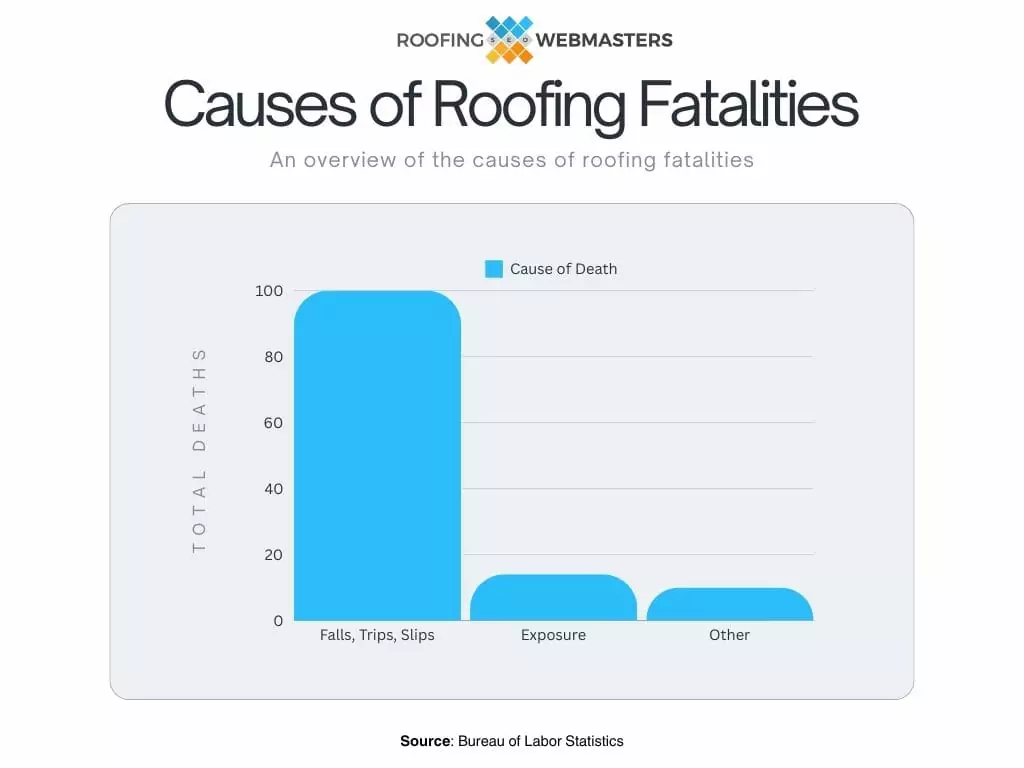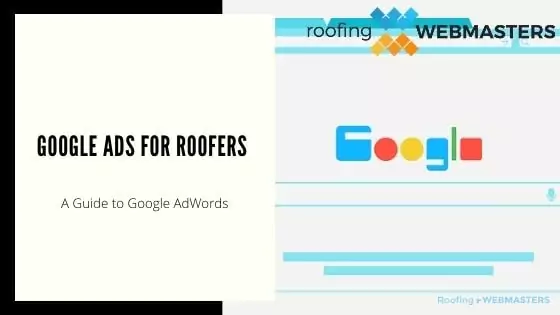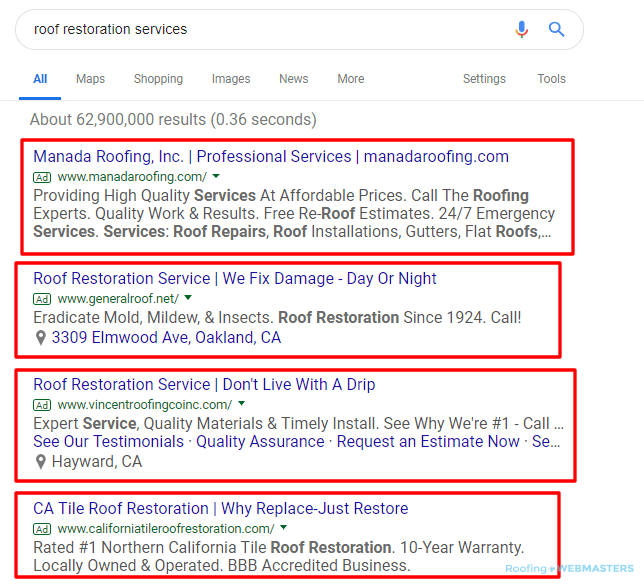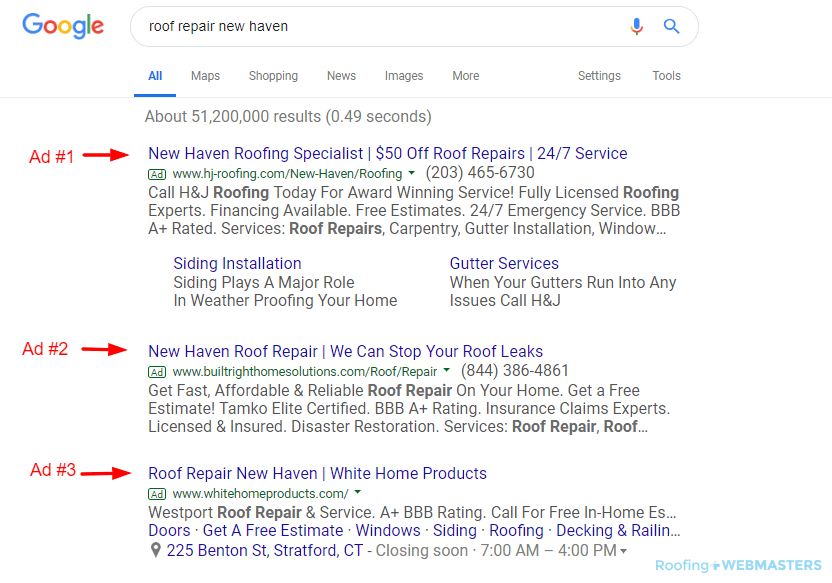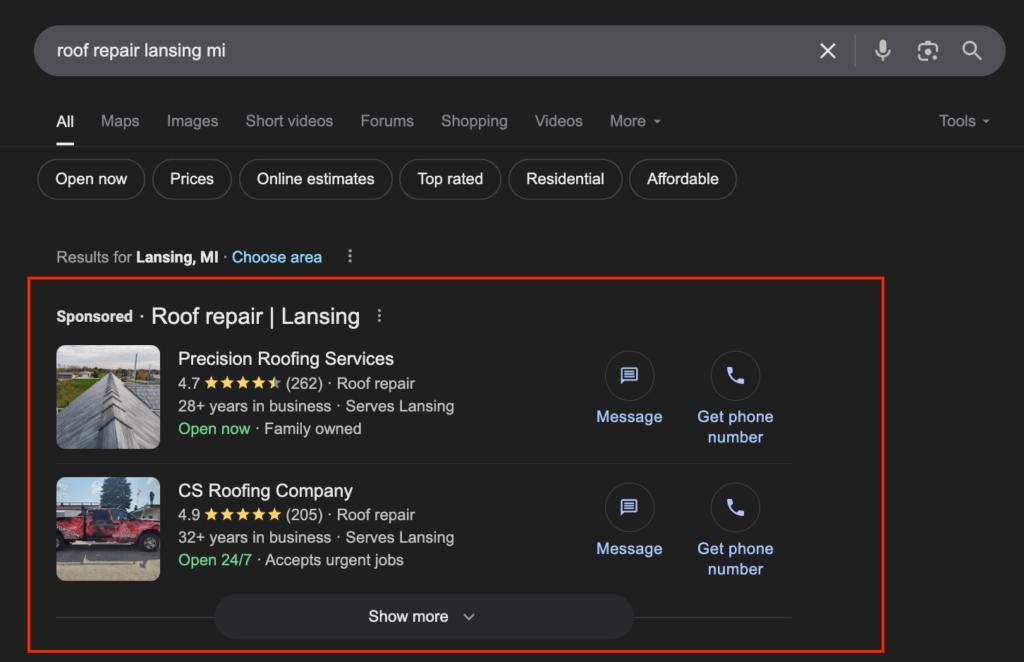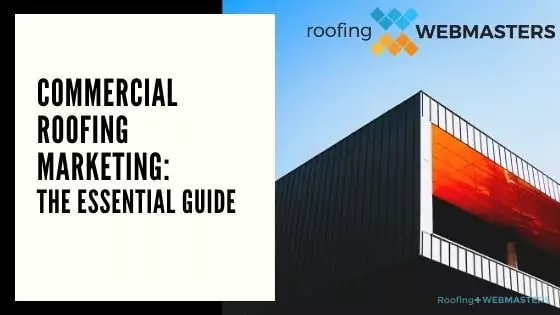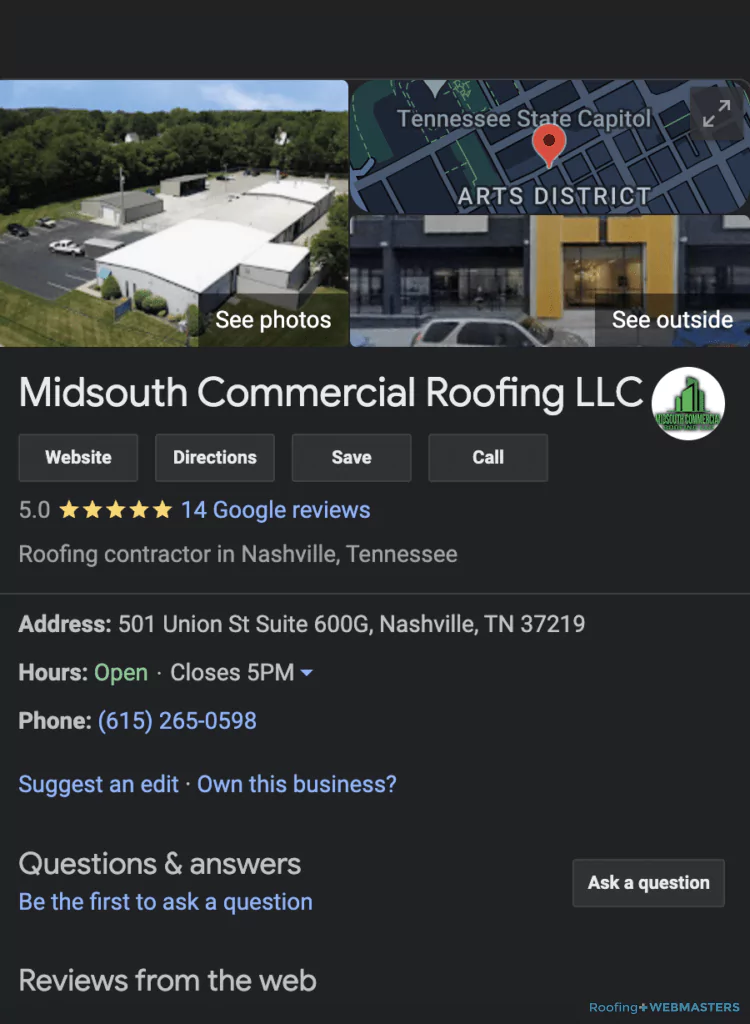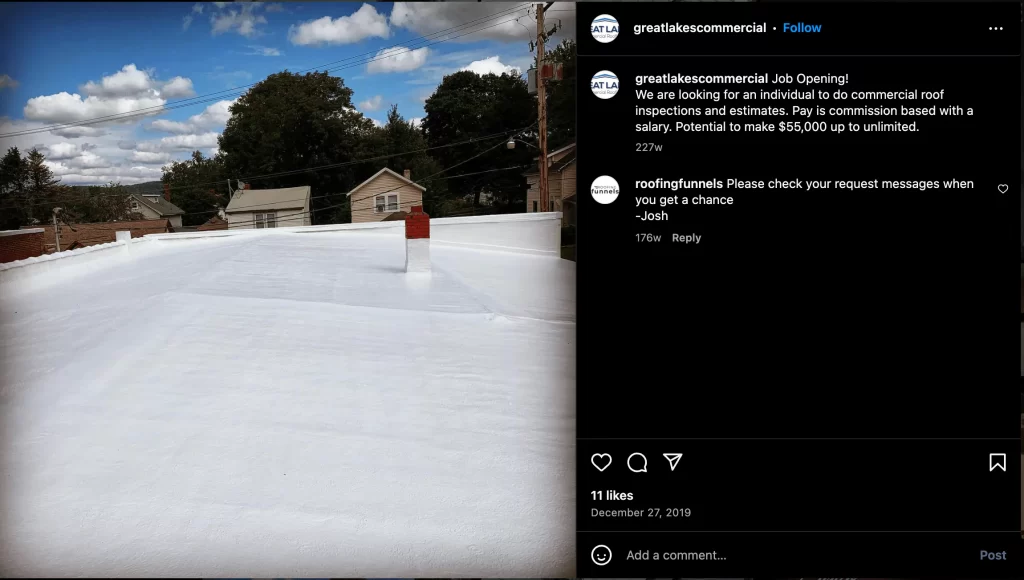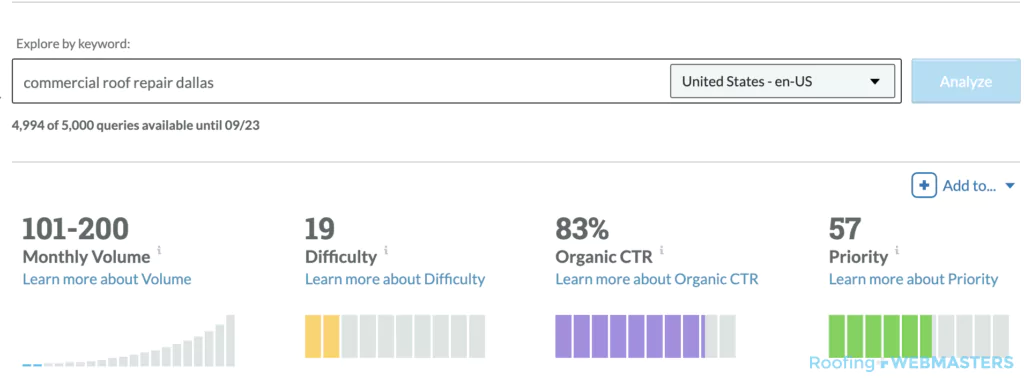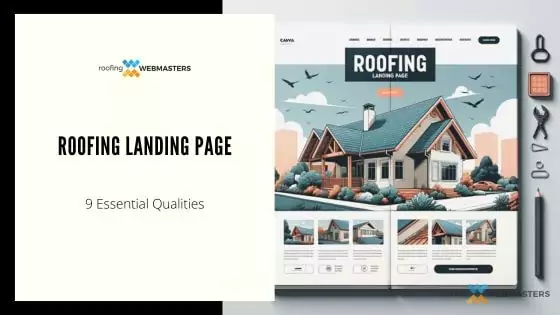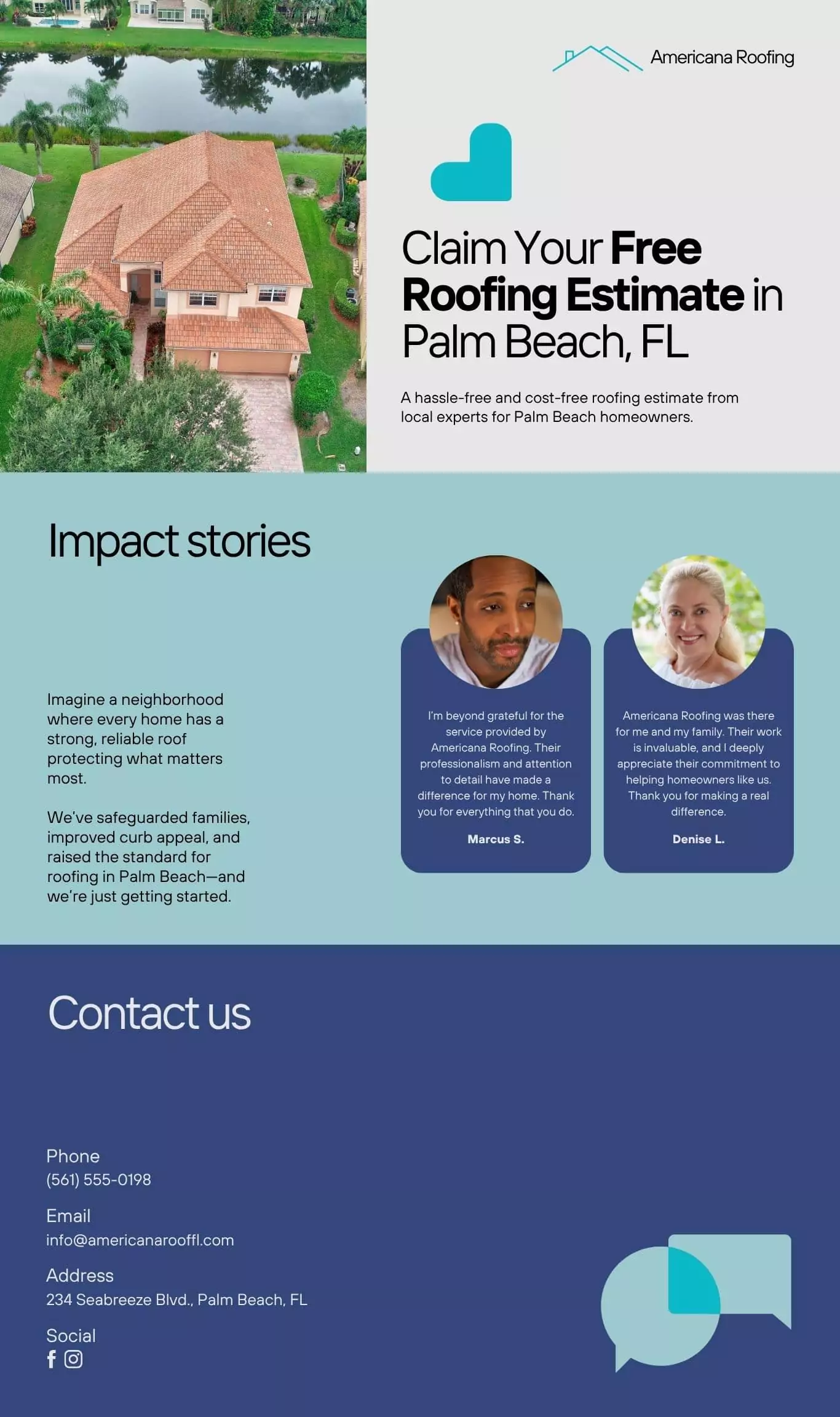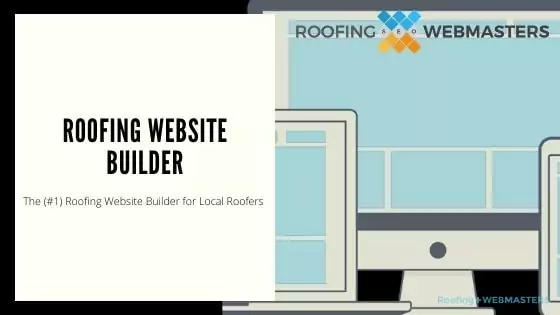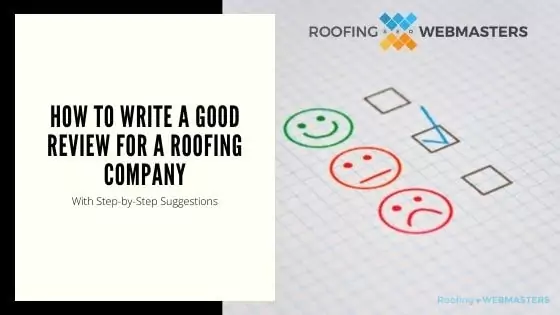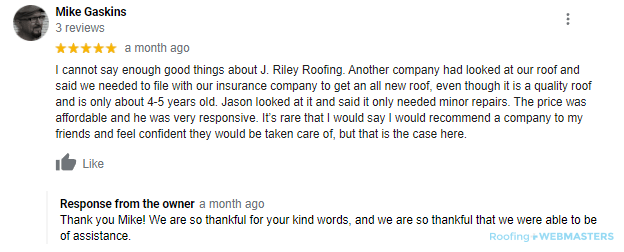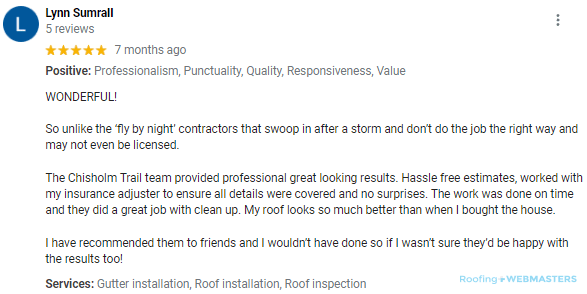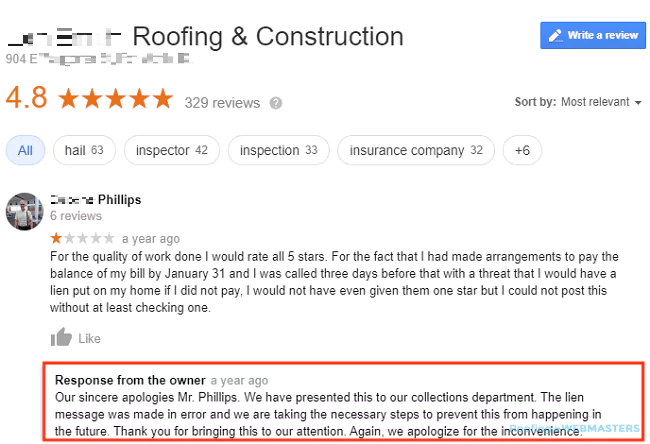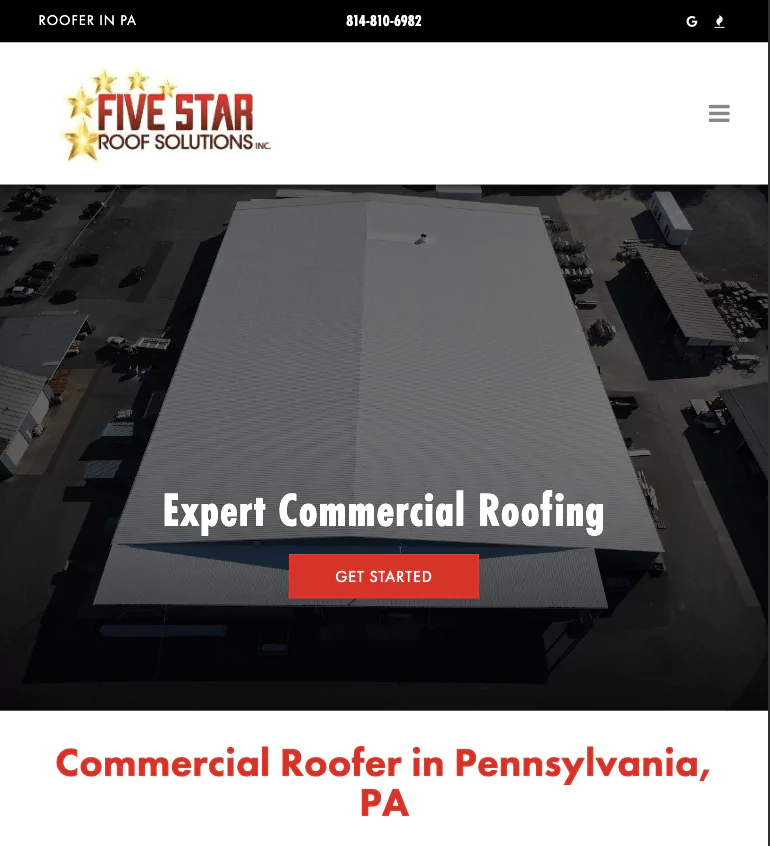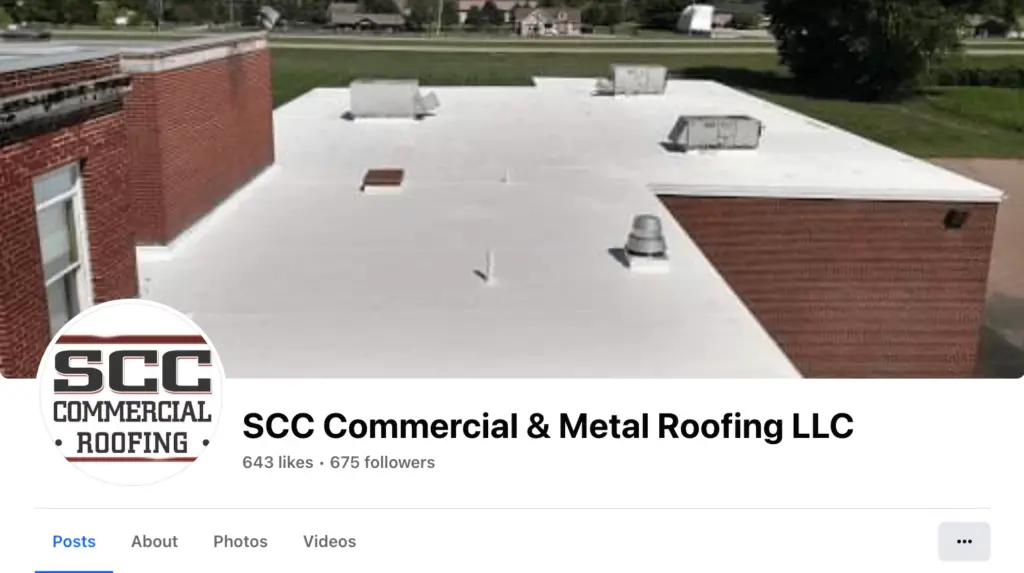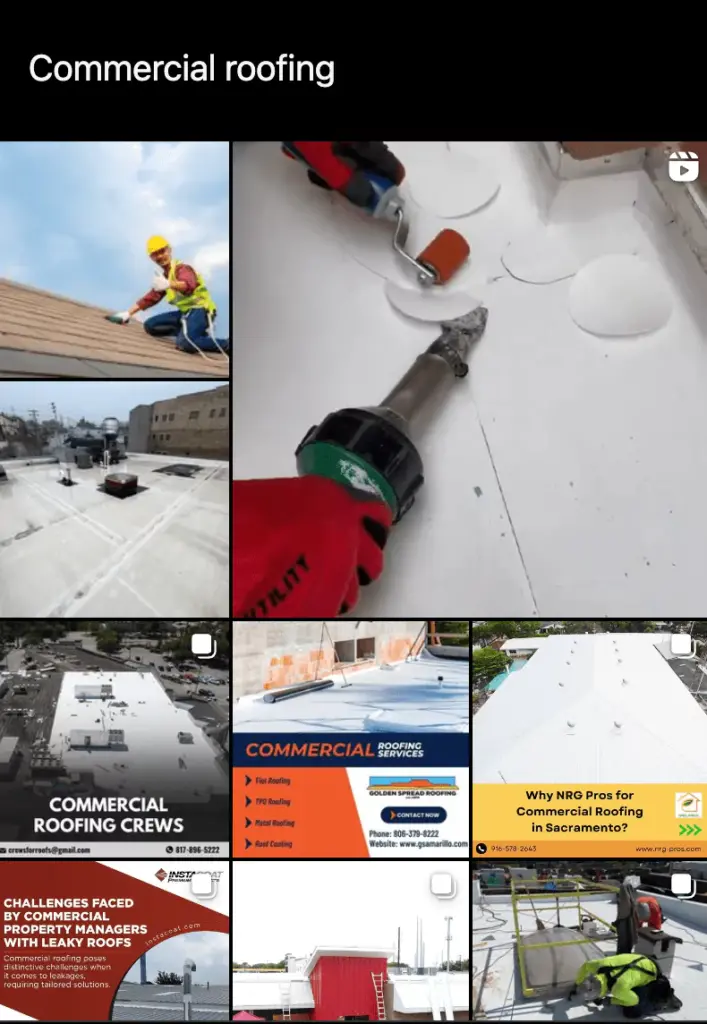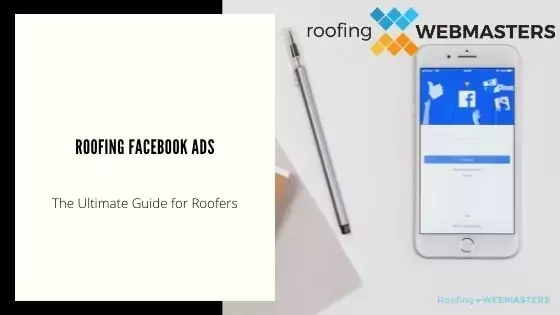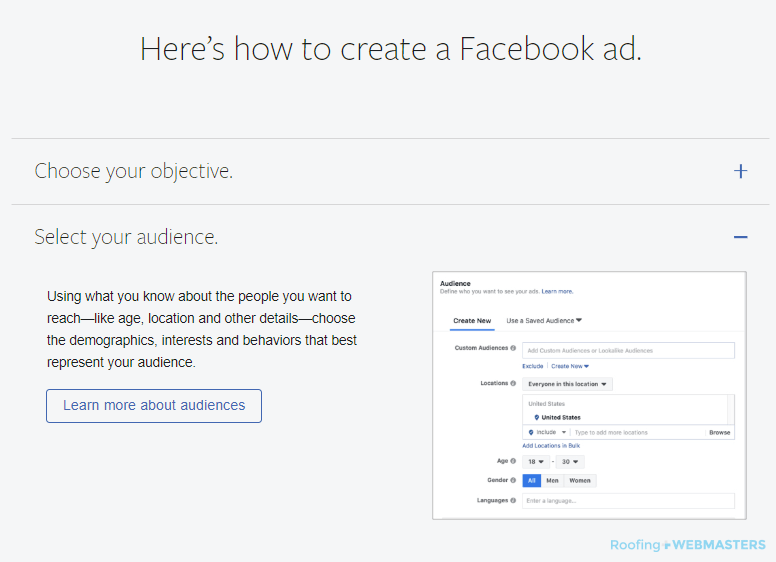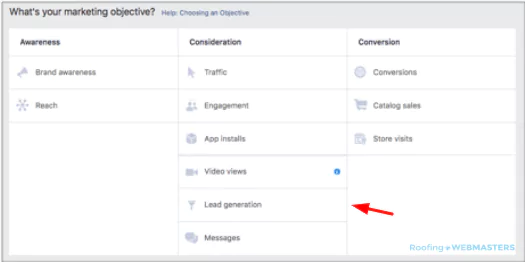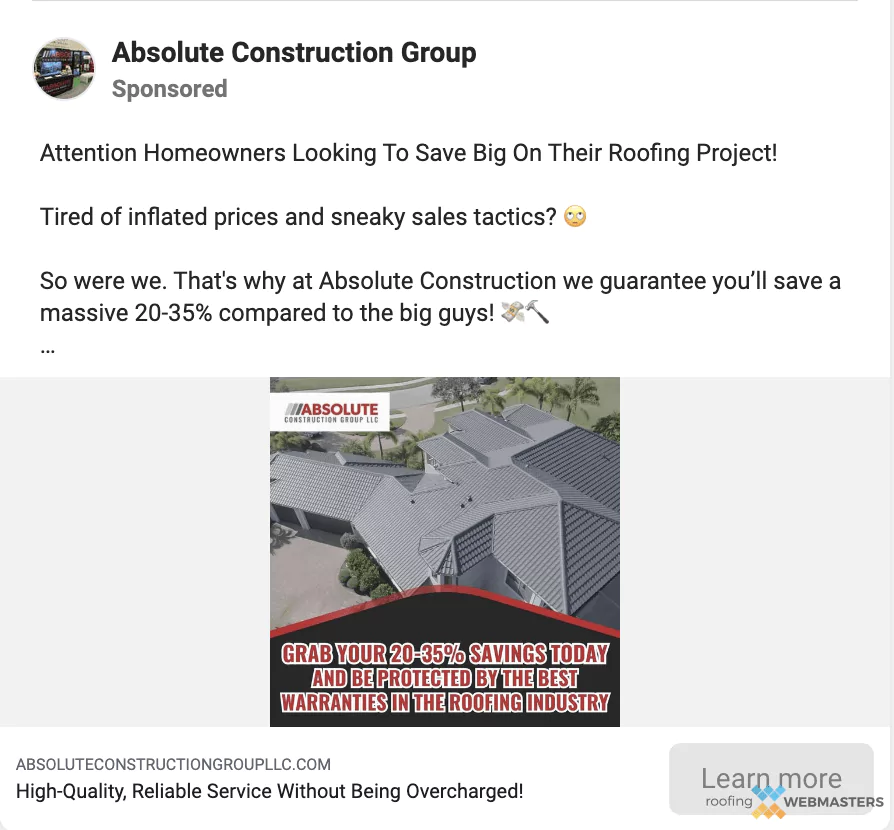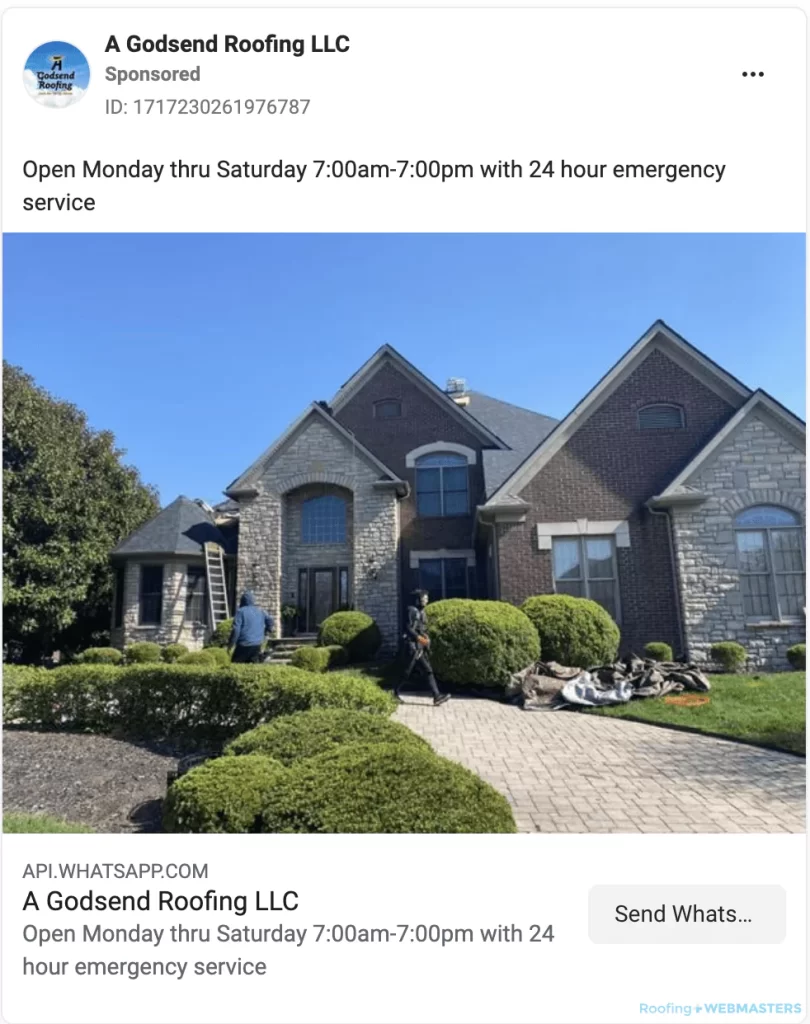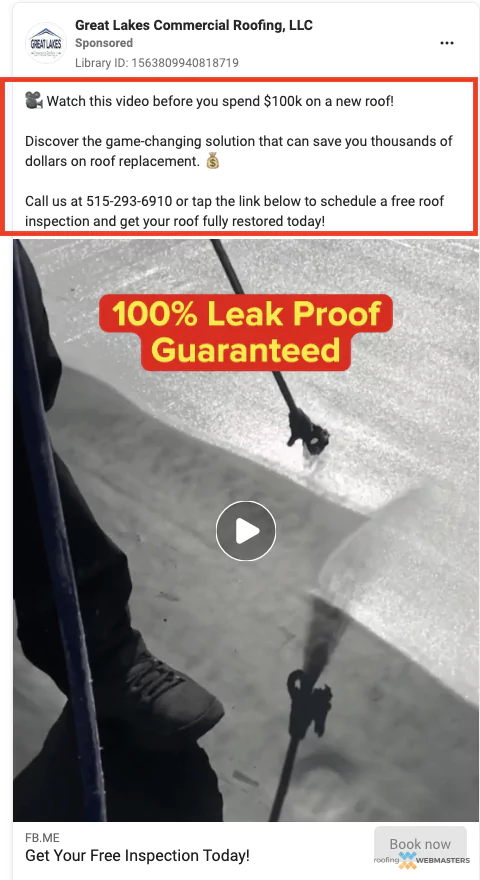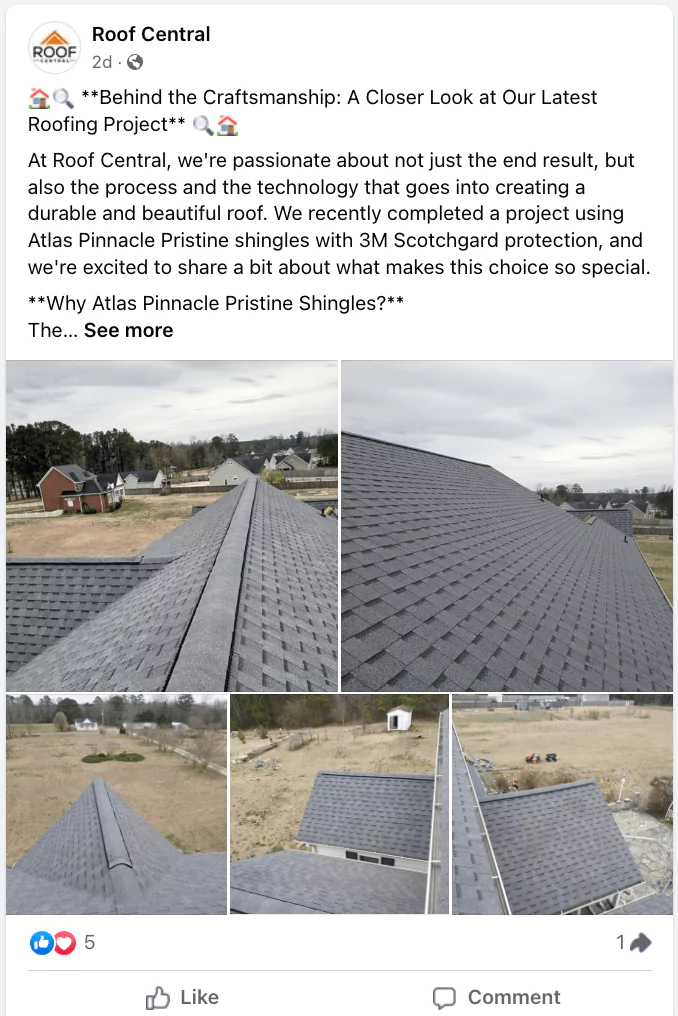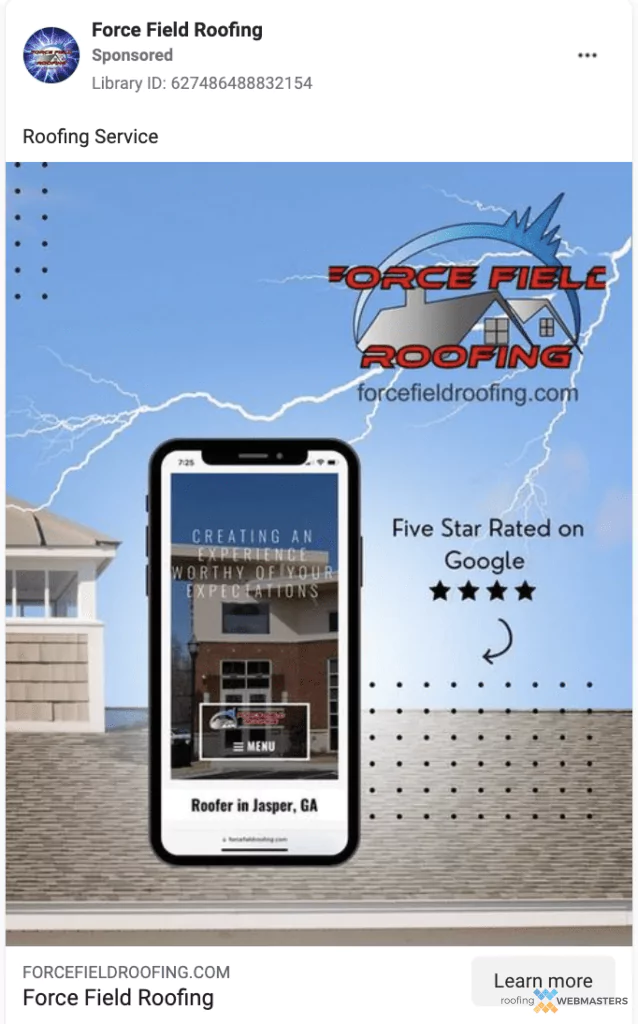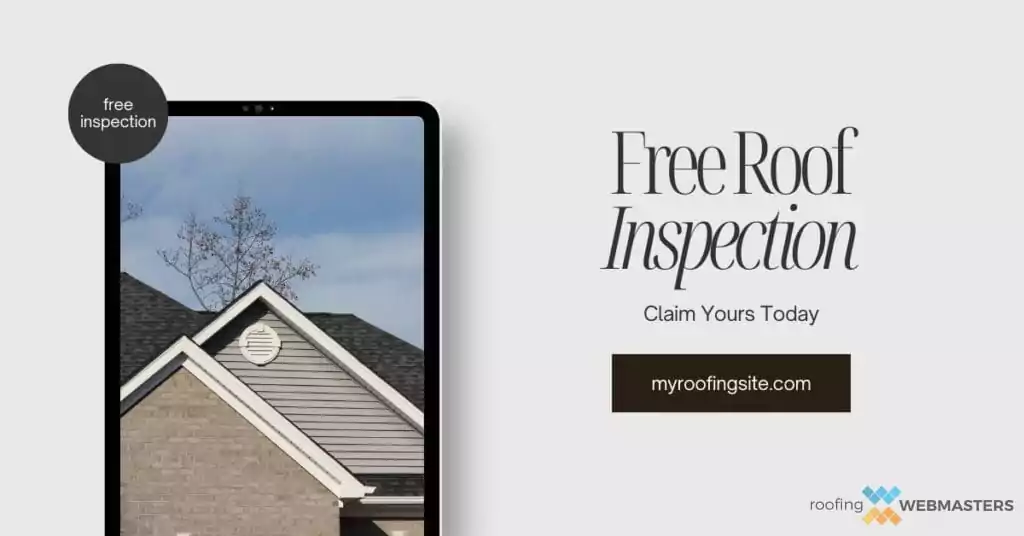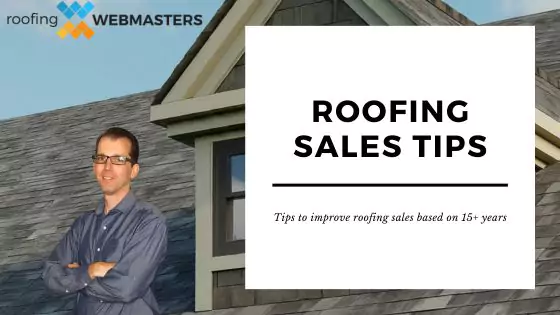Choosing the best roofing marketing agency is an important decision that will impact your sales and profitability and heavily influence your long-term success or failure.
I’m Nolen Walker, the founder of Roofing Webmasters. Over the past fifteen years, I have consulted with thousands of local roofing companies.
Based on my first-hand experience and expertise with marketing for roofers, I will outline the nine best roofing marketing companies for 2025.
| Agency | Founded | SEO Services | Google Rating | Jobsite Check-in Software |
|---|---|---|---|---|
| Roofing Webmasters | 2011 | ✅ | 4.5 | ✅ DataPins |
| Service Direct | 2006 | ✅ | N/A | ❌ |
| Best Roofer Marketing | 2021 | ✅ | N/A | ❌ |
| On The Map Marketing | 2009 | ✅ | 4.8 | ❌ |
| Webrunner Media | 2010 | ✅ | 4.9 | ❌ |
| Hook Agency | 2012 | ✅ | 4.9 | ❌ |
| Roofer Elite | 2018 | ✅ | N/A | ❌ |
| Roofing Marketing Pros | 2017 | ✅ | 4.7 | ❌ |
| Profit Roofing Systems | 2015 | ✅ | 5.0 | ❌ |
Avoid These Roofing Marketing Company Red Flags
Before exploring the nine best roofing marketing agencies, I want to help you identify the ones you should avoid at all costs.
And I’m not saying this based on what I’ve read; this is based on 15+ years of talking to roofers and seeing them get screwed around by marketing companies.
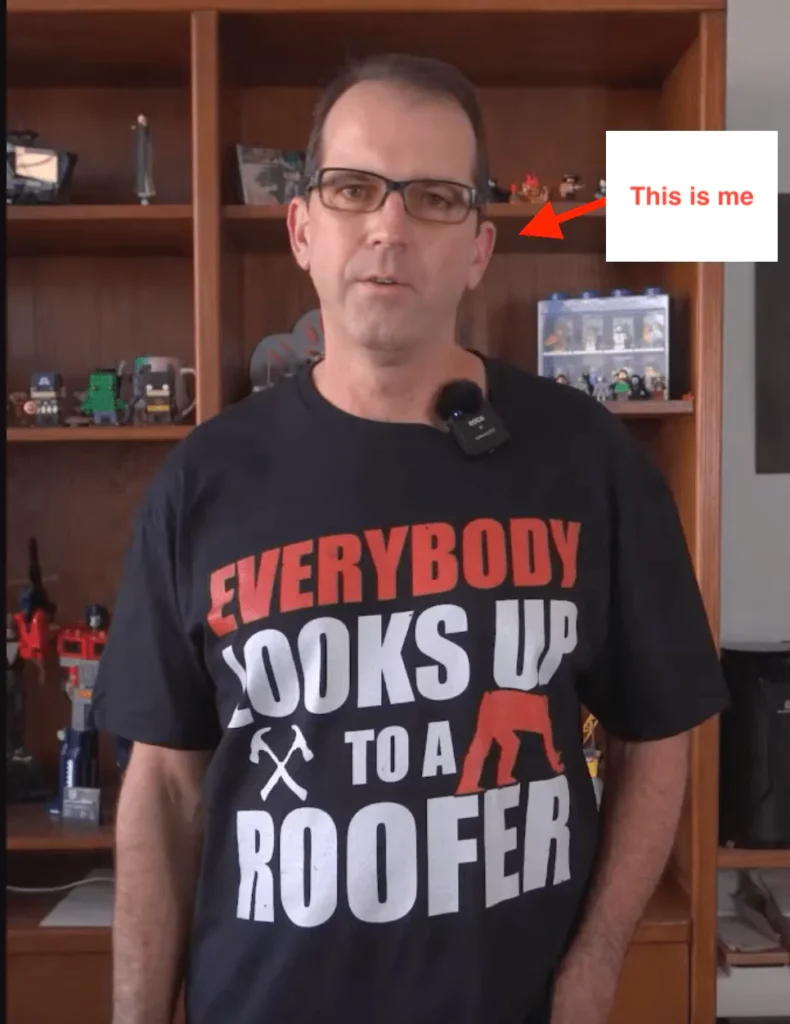
Make sure to never work with roofing marketing agencies that have these characteristics:
No Reviews
Never use a marketing agency that doesn’t have reviews from a legitimate source such as Google or Yelp.
And no, screenshots don’t count. A couple of other “lists” of best agencies feature screenshots of Google reviews, which can easily be doctored to mislead the readers.
I recommend checking the Google Business Profile of any agency before considering working with them.
General Agency (No Roofing Specialty)
One quick way to gauge the agency’s fit for your business is to simply evaluate their agency name.
Does their name include the words roofing, roofer, or roof? If not, they are probably a generalized agency that works with a wide array of industries and lacks industry-specific expertise.
In many cases, they target roofers because it is considered a “profitable niche” for their agency, but don’t truly empathize with what roofers go through daily.
Overreliance and Overpricing of Web Design
As a long-time agency owner, I can tell you website design plays a significant role in marketing success for roofers.
However, some agencies go too far, ruining your roofing business by overemphasizing design and overcharging for websites.
They promise you “own your website” without telling you the cost will set your business back for decades and possibly bankrupt your company.
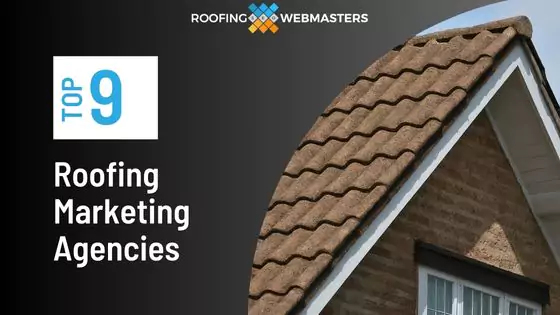
1) Roofing Webmasters
As the owner of Roofing Webmasters, I fully acknowledge that listing my own company as #1 on this list is based partially on bias.
However, I also have the most insights into what our agency provides and the quality of the team performing the work.
For example, we developed an in-house proprietary marketing app, DataPins, which consolidates digital marketing signals on roofing websites for greater visibility.
Furthermore, we have some of the top web designers in the United States and a forward-thinking marketing strategy team that pushes the envelope on roofing promotion.
Our focus is AI marketing, as we help local companies appear in answers from Google AI Mode, Google Gemini, Google AI Overviews, and ChatGPT.
Since I was once a contractor, I understand pricing better than some other agency owners who ask roofers to invest absurd amounts of money into a website design they don’t need.
| Founded: | 2011 |
| Owner: | Nolen Walker |
| Key Clients: | ForceField Roofing, Carter Roofing & Exteriors, AMC Roofing |
| Google Rating: | 4.5 |
2) Service Direct
Service Direct focuses on lead generation marketing for service area businesses, like roofers.
They were founded in 2006 as an agency to help roofing companies capture more customers through pay-per-lead.
Service Direct deployed hyper-local marketing techniques to capture prospective roofing customers within a particular service area.
Roofers can access their lead recordings and alter their price per lead depending on the competition within a service area and potential ROI.
| Founded: | 2006 |
| Owner: | Brian Abernethy |
| Key Clients: | Home Solutionz, USI Champion Insulation |
| Google Rating: | N/A |
3) Best Roofer Marketing
Bruce Leffer of Best Hustler Academy founded this agency, which is intriguing to roofing companies.
Bruce’s experience at Scorpion and web.com gives him a background of marketing expertise that can help local contractors.
Services include SEO, PPC, websites, and more, providing roofers with a marketing foundation to thrive.
The agency outlines its billion-dollar impact to help contractors reach at least 10 million in sales.
| Founded: | 2021 |
| Owner: | Bruce Leffer |
| Key Clients: | Unknown |
| Google Rating: | 5.0 |
4) On The Map Marketing
Founded in 2009 by Rich Hoskins, On The Map Marketing provides a suite of helpful services to local roofing companies.
With over 15 years of digital marketing experience, CEO Kristaps Brencans demonstrates the baseline expertise needed to perform marketing services.
Their system focuses on multiple lead channels, including SEO, Google Maps, PPC, Facebook Ads, and offline referrals.
This agency stresses the importance of customer care for each roofing client.
| Founded: | 2009 |
| Owner: | Rick Hoskins |
| Key Clients: | Jackson Contracting, Home Care Contractors, GotRot |
| Google Rating: | 4.6 |
5) Webrunner Media
Founded in 2010 by Marc Levesque and Kevin Donnelly, Webrunner Media Group offers various marketing solutions for roofing companies throughout North America.
Known predominantly for its PPC services, Webrunner Media has earned 100+ positive testimonials from clients.
In addition to paid advertising, Webrunner Media offers websites, SEO, branding, and automation services for roofing contractors.
| Founded: | 2010 |
| Owner: | Marc Levesque, Kevin Donnelly |
| Key Clients: | William Penn Roofing, Empire Home Remodeling, City Roofing Inc. |
| Google Rating: | 4.9 |
6) Hook Agency
Established by Tim Brown in 2012 (as Tim B Design), Hook Agency has grown to focus on contractors, especially roofing companies.
Tim’s background in website design gives him a unique perspective on the nuances of roofing website presentation.
Hook Agency’s services include SEO, website design, and paid ad management.
The company is also active on social media and attends various roofing-related events.
| Founded: | 2012 |
| Owner: | Tim Brown |
| Key Clients: | Monarch Roofing, Northface Construction, Montana Roofing Solutions |
| Google Rating: | 4.9 |
7) Roofer Elite
Chad Riddersen and Raymond Fong of Deviate Labs launched Roofer Elite in 2018.
Their work at Deviate Labs earned them recognition in high-profile publications like Forbes and CBS.
Roofer Elite’s services include custom websites, lead generation, SEO, and remarketing.
The company’s project specialist, Brandon Metten, also has 5+ years of experience in home service marketing.
| Founded: | 2018 |
| Owner: | Chad Riddersen, Raymond Fong |
| Key Clients: | Good’s Roofing, ABC Roofing Co., J Harrington Construction |
| Google Rating: | N/A |
8) Roofing Marketing Pros
Mauricio Cardenal founded Roofing Marketing Pros in 2017 and has since expanded into Contractor Marketing Pros and grown into a well-known marketing company.
The Contractor Marketing Pros team is based out of Miami, Florida, and consists of more than 30 people with expertise.
The agency’s services include SEO, web design, and various paid advertising models.
The company’s marketing package features include a sales pipeline to segment prospects effectively.
| Founded: | 2017 |
| Owner: | Mauricio Cardena |
| Key Clients: | Rinaldi Roofing, Acker Roofing, Goliath Roofing |
| Google Rating: | 4.6 |
9) Profit Roofing Systems
Matt Jacob started Profit Roofing Systems in 2015, serving as a full-service roofing marketing agency.
Their 4-phase marketing process, known as MADMAT, has earned positive reviews in the industry.
The agency’s services include SEO, Facebook Ads, Google Ads, and more.
In addition, the company promotes area exclusivity to help roofing clients dominate their entire service area.
| Founded: | 2015 |
| Owner: | Matt Jacob |
| Key Clients: | South Shore Roofing, ARB Construction, Tycon Roofing |
| Google Rating: | 5.0 |
Common Roofing Marketing Agency Services
As you can see with the companies listed above, roofing marketing agencies tend to overlap in the services they provide to their clients.
Finding an agency that can provide excellent services in each area you require is one key to making the right choice.
For example, roofing companies with visually appealing websites may generate few leads because their sites lack search engine optimization.
Take a look at some of the typical services provided by marketing agencies:
Search Engine Optimization
Almost all modern marketing agencies for roofers provide search engine optimization or SEO.
In today’s marketing landscape, ranking on Google for roofing keywords is essential to lead generation.
Although different agencies focus on various components of SEO, the most crucial factor is acquiring qualified website visitors from organic search.
Website Design
A roofing website is essential for converting visitors and favorably portraying your company.
While other marketing techniques can generate visits to your website, the design and user experience of that site will ultimately determine how many people convert.
With this in mind, designers with experience creating websites for local roofing companies are best equipped to assist your campaign.
Paid Advertising
Paid advertising can span multiple platforms and models, from Google Ads (PPC) to Facebook Ads.
Many agencies also charge a Google Ads Management fee, an additional expense to your ad spend.
The best agency models incorporate paid ads to facilitate a broader marketing strategy focused on long-term branding and customer acquisition.
Lead Generation
Lead generation as a service can be tricky to evaluate since roofing leads result from specific marketing tasks like SEO and paid advertising.
However, some agencies offer a pay-per-lead model, in which you only pay once a prospective customer submits their contact information or calls with a roofing service inquiry.
As a general philosophy, I recommend choosing an agency that can help you develop your own lead generation assets (like your website and web presence) under your roofing company’s brand name.
Reputation Management
Consumers are savvier than ever, partly because of their access to online reviews.
With this in mind, reputation management is part of any modern marketing strategy for roofers.
Ensure your agency has a process to help you generate consistent reviews on trusted platforms like Google and Yelp.
AI / LLM Optimization
In 2025, AI and large language models will become essential to roofing marketing campaigns.
Considering AI’s evolution, most marketing agencies have adopted some form of AI and LLM optimization within their service offerings.
Helping local roofing companies appear in AI-generated responses on Google AI Overviews and ChatGPT is now a significant component of marketing services.
Content Writing
The emergence of AI tools like ChatGPT has seemingly decreased the value of human writers, but only to the untrained eye.
ChatGPT and similar tools have increased the value of human expertise within content.
Knowing this, focus on roofing marketing companies with a proven track record of quality content.
Traditional Marketing
Some agencies may offer traditional marketing services like direct mail, billboards, and print advertising.
Whether you choose to venture into this older form of promotion depends on your size and budget.
Newer roofing businesses should likely focus on establishing a digital presence before venturing into more traditional marketing strategies.
Factors in Choosing a Roofing Marketing Agency
Most roofing marketing agencies offer similar services, meaning other factors will likely determine your chosen company.
Based on my experience, three primary factors are most important in choosing a marketing agency.
Check them out below:
Pricing
Depending on your roofing company’s development stage, excessive monthly marketing costs may eliminate some agencies from your list.
In other cases, agencies that charge a meager monthly fee may lack the resources required to fulfill a full-scale marketing campaign.
You know your company’s budget better than anyone, making you the most qualified to evaluate the pricing of different agencies.
Reputation
Finding reviews from an agency’s current customers is more accessible now than ever.
Some of the best platforms to check for reviews are Google (Google Business Profile), Yelp, Facebook, and Better Business Bureau.
A marketing agency with fewer than ten reviews may lack the experience to meet your campaign’s standards.
Communication
I must stress the importance of speaking with the agency’s owner before investing in their services.
If you can’t speak directly to the owner, you might want to question whether that agency is worth investing in.
If you reach the owner, discuss your marketing needs while gauging the rapport of the conversation, which will become pivotal in your final decision.
Moving Forward With Your Roofing Marketing Company
Selecting your ideal roofing marketing agency is an inexact science that will come down to your comfort level with the company.
However, there are several key indicators you can look for when narrowing down your list and identifying the most suitable options.
Aside from service offers like SEO, PPC, web design, content writing, AI, and exclusive lead generation, pricing, reputation, and communication will also play pivotal roles in your final decision.
Because of the gravity of this decision and its impact on the future of your roofing business, I invite you to call my personal cell phone at (800) 353-5758 to discuss why my roofing marketing agency might be the best fit for your campaign.




